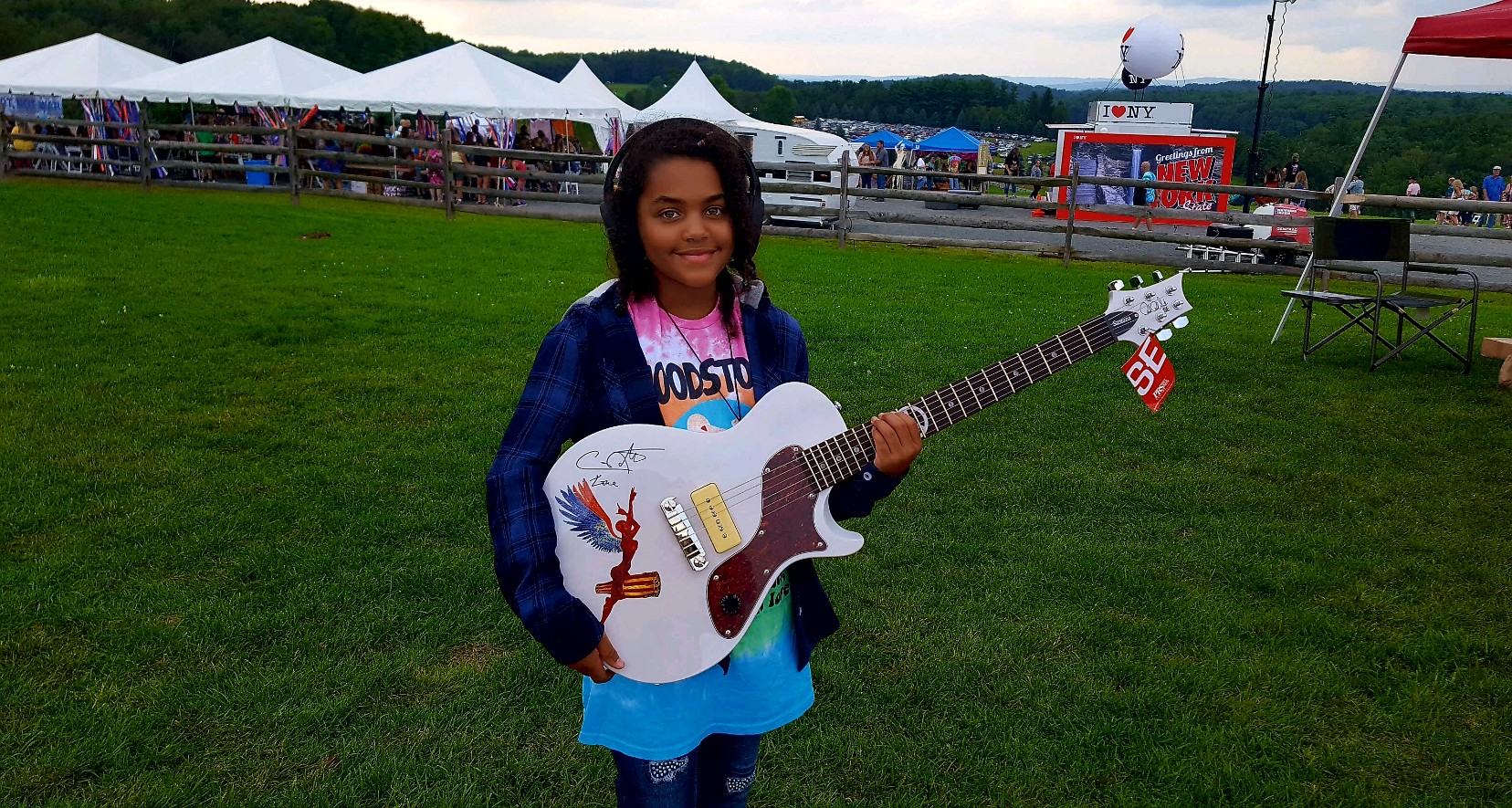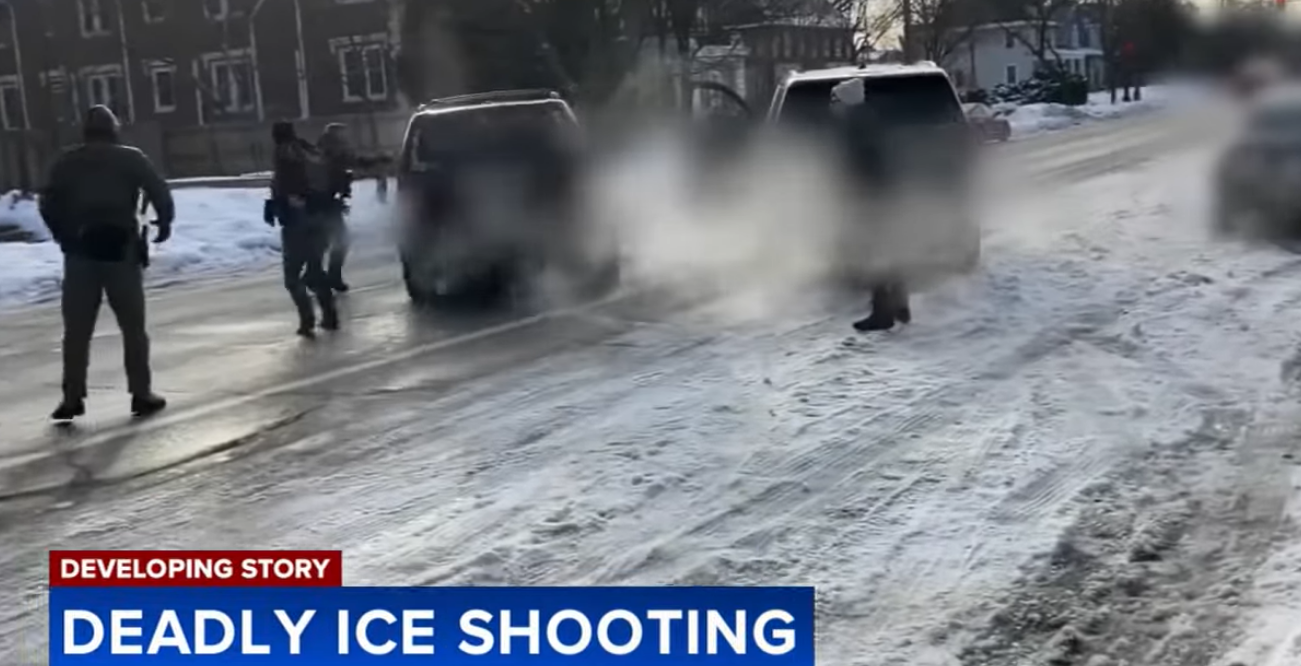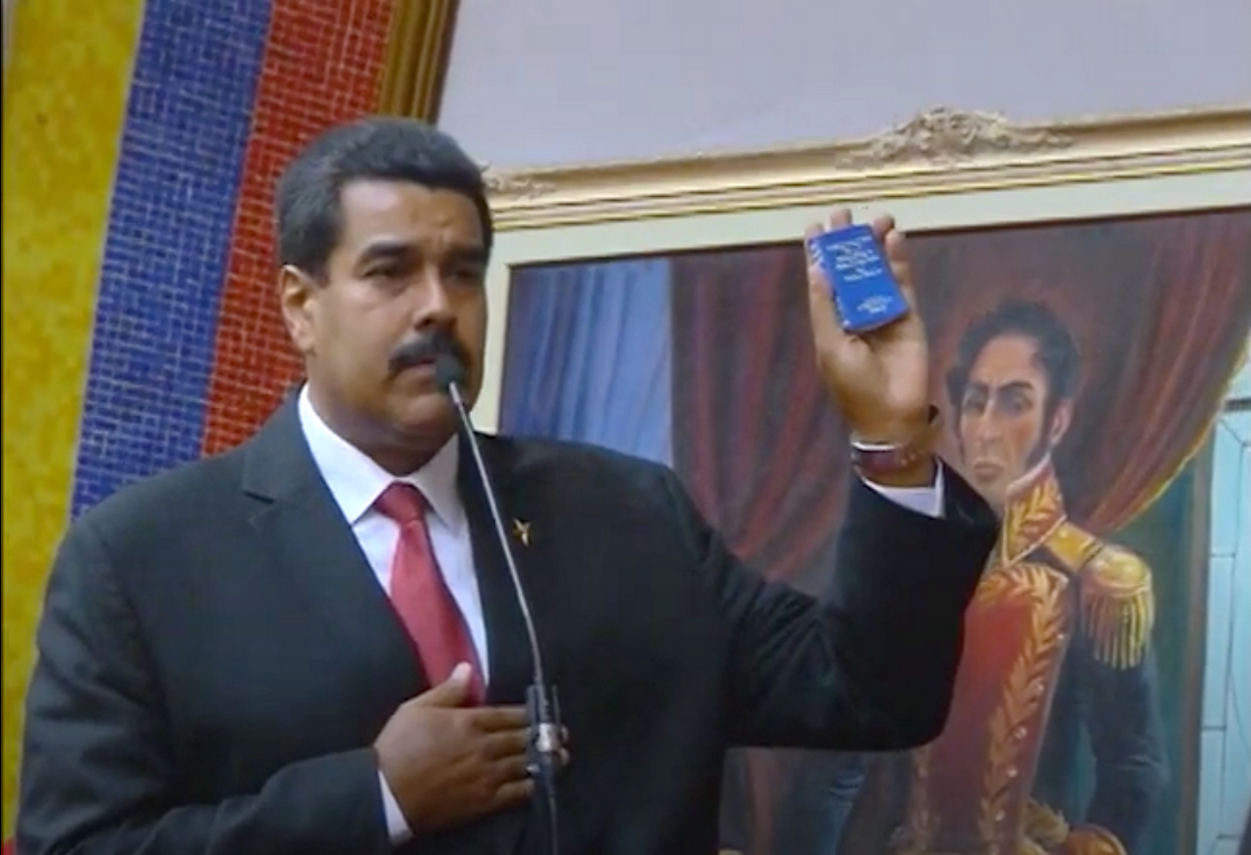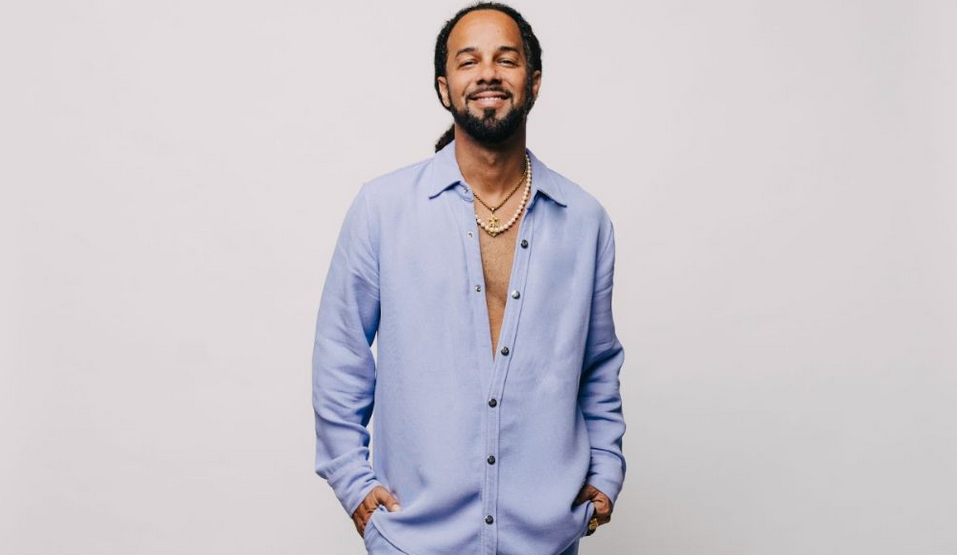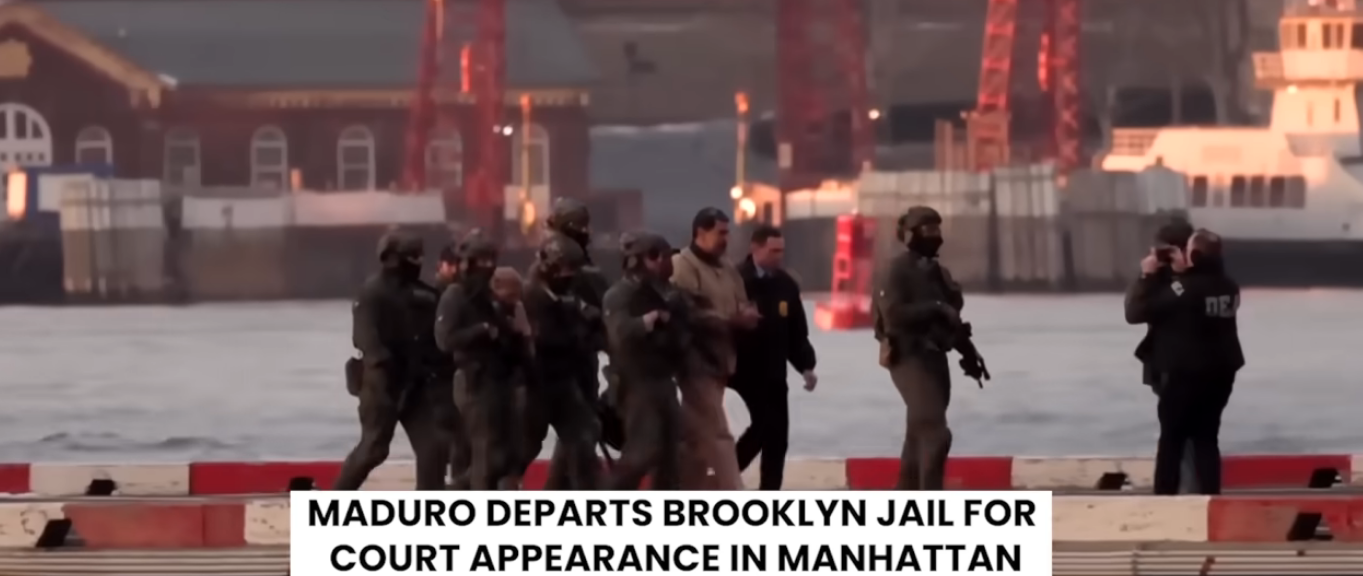PHOTO: One Lucky kid got this custom Paul Reed Smith singed by Carlos Santana on 8/17/19 at Bethel Woods, site of the 1969 Woodstock Festival in Bethel, New York
We barreled through New York’s Catskills Mountains going down Route-209 to Ellinsville and made a right on to R-52 for a 20 mile trek to Liberty. Vapes and weed pipes were tossed back and forth as “Wolf Totem” – an anthem like blend of Mongolian folk and biker metal- by The Hu Band blasted on youtube through a cell’s Bluetooth into the car stereo. And it was there, when we made it past the throngs of Orthodox Jews milling about and the potent whiff of cow farms from off in the distance that we knew we made to “back to the garden,” the original site of the 1969 Woodstock Festival.
At dusk, we were dropped off at the campsite- the abandoned ruins of a Jewish summer camp on Swan Lake nine miles from Max Yasgur’s old farm in Bethel. There were trees growning through old cabins and concrete steps that led to nowhere. After we set up our tent and collected firewood, I sat by a crackling fire roasting kosher hot dogs on sticks and lit a Diesel pre-roll. In the silence, below the stars I started to think about 1969 and the powerfull mythology of Woodstock that soon emerged afterwards.
What is it about Woodstock that after 50 years since the summer of 1969, do people still dream about it?
There were other memorable and historical concerts in the 1960’s. Has there ever been a Gathering of the Tribes- Human Be-In (1/14/67) anniversary at Golden Gate Park?
What separates Woodstock from other concerts, festivals or even other historical milestones from the 1960’s was not that it serves as a happy ending to a turbulent decade, but because it also marked the dawn of a new age of peace and unity in the history of the human family. None of which, was planned, or ever could have been planned by any of Woodstock’s young organizers.
Or at least that’s what we were all taught along the hippy trail. Since 1969, festival organizers now freely admit they expected a lot more people to show up other than the 182,000 who had bought tickets in advance and set up sound systems to accommodate the over 400,000 who did. I interviewed Richie Havens- the first to perform at Woodstock- in 1994 for a story on Woodstock’s 25th anniversary and he said he always believed there was more like 700,000 to 1,000,000 people in attendance on Yasgur’s Farm in August of 1969. Counting everyone stuck in traffic up Route-17 and countless others who turned around, Mr. Havens just might be right after all. When Havens passed away in the spring of 2013, he requested his ashes be scattered over the original concert site that Carlos Santana now calls “ground zero for peace.”
For a local I met at the Swan Lake country store who attended the original concert, it was not exactly the “Age of Aquarius”, but an convenient excuse to get loaded for the weekend.
When I heard about Woodstock, a few of us drove up in a truck with a few cases of beer in the back and parked it there behind the stage. I saw Riche Havens open the festival and drove out while Jimi (Hendrix) played the Star Spangled Banner. We partied and got drunk. It was a fun weekend.
With any historical event academics and historians constantly wrestle with where fact ends and mythology begins. With Woodstock even more so. When the personal experience becomes historical record -like with many events from the 1960’s- interpretation can become a bottomless porta-potty to draw upon. Add religious and spiritual dimensions to the mix and you get a great Joni Mitchell song.
One aspect of Woodstock where fact and myth do overlap is that disaster loomed almost at every turn. Governor Nelson Rockefeller’s threat to send in 10,000 National Guard troops, the lack of food and water, overflowing toilets and “bad” brown acid circulating around the festival sending dozens to the medical tents fell far short of utopia. The most disturbing moment for me was in the 1970 documentary film Woodstock, when an announcer told 400,000…
You can take it for however many grains of salt you wish, but the brown acid circulating around is not specifically too good. It is suggested that you stay away from that, but its your own trip so be my guest. But please be advised there is a warning on that one. OK?
Please be advised? Could a new age of man really be born out of boneheaded militaristic jargon like that? In fact this so called brown acid warning is the perfect microcosm as to why the ideals of the 1960’s collapsed so spectacularly four months later at the Altamont Speedway Free Festival in California. The dude had to warn his “brothers and sisters” about the brown acid, but he couldn’t just say “Hey, the brown acid is bad, don’t take it.” That would be too “heavy” in 1969. And its that very dichotomy between they were all brothers and sisters, yet still doing their “own trip” that caused the counter-culture to soon fall apart.
Yet, after three mud soaked days in 1969, the Woodstock Nation was born and to this day, she has captured the hopes and dreams of multiple generations. The mythology of Woodstock has now eclipsed the heroin overdoses and the burning down of a shady, onsite concession stand, symbolizing the high water mark of an idealistic era. If anything rose out of the human waste and mud left in Woodstock’s wake it is this: When we as a human family all come together we can achieve great things.
Over the last five decades there have been several attempts to recreate Woodstock in Upstate New York and elsewhere. In 1989, local musicians held an impromptu Woodstock on the original site. Five years later, Woodstock founder Micheal Lang staged Woodstock ’94 in Saugerties, complete with a Pepsi endorsement and merchandising absent at Woodstock 25 years earlier. It was wasn’t free this time either- costing $135 a person to attend the three day event. Five years later, Lang’s Woodstock ’99 in Rome descended into chaos, gang-rapes, rioting and fires.
Meanwhile, the land that Woodstock was held on, Max Yasgur’s old 700 acre farm was sold in 1971, but still remained untouched. In 1996, while Bethel and the surrounding towns of Sullivan County still wrestled with their own embarrassment and shame about their role in allowing Woodstock to ever take place, Cablevision CEO Alan Gerry bought 1400 acres along with the 37 acres the 1969 concert took place on. As evil as that may sound, it was the best thing to happen to the site since the original concert took place. Mr. Gerry, born and raised in Liberty, had a vision of revitalizing the economically demoralized Sullivan county from ashes of the Borscht Belt tourist industry.
Ten years later, on July 4th, 2006, Mr. Gerry’s Bethel Woods Center For The Arts opened their doors, along with several concert venues, a museum and a few educational facilities. The crown jewel of Bethel Woods though was the Woodstock concert site, still in pristine condition for even more generations to go make the pilgrimage and dream big.
In early 2019, Mr. Lang again rolled out his dream of a massive Woodstock 50 with Jay Z and Dead & Company as featured headliners. But similar to Woodstock ’99, it went down in flames too, luckily this time before it was held. It smelled rotten from the get, and most who were looking to really get back to garden were already eyeing what Bethel Woods had in store for Woodstock’s golden 50th anniversary.
What Bethel Woods wanted more than anything was to not repeat what happened there in 1969. In order to avoid that, they sold no tickets from their box office. Everything was mailed- even press tickets along with parking passes. Nobody would be able to enter the area without the parking passes hanging off their review mirror. The three headlining acts, Ringo Starr, Carlos Santana and John Fogerty, each playing different nights Woodstock weekend, would cost hundreds of dollars, not inducing the travel and lodging expenses .
With all this weight baring down, would there be any hope for the Woodstock Nation in 2019?
We got a ride from other Swan Lake ruins campers from Buffalo on Saturday for Santana. They offered me mushrooms before we left. The ride there was epic, the Woodstock vibe strangely still intact on the road leading up to the concert site, the broken down houses and unkempt yards had a naturalist charm. Inside the jeep was another matter. Talk of the Las Vegas mass shooting in 2017 and the recent White Nationalist mass murders in El Paso, Texas were discussed. The idea that some Trump-suckling-Nazi-jackass with an AR-15 just might show up and open fire on us all- with all that Woodstock represents- became an eerily plausible scenario in Trump’s dark Bizarro-America.
Both Bethel Woods and local law enforcement agreed and put heavy security measures in place to avoid just that. Ticket holders went through metal detectors and were held to a strict- no bag-two-un-opened-water-bottle policy.
The grounds themselves looked spectacular and this time were not overrun with people. Trees were lit to look like a rainbow and there was a pyramid of paper-mache portraits of Jimi Hendrix and Bob Marley made to look like stained glass. You can see the layers of mountains rippling like waves off in the distance. The views and sound from the stage were also top notch. But what moved me the most besides the old concert site land itself was an exact replica of the psychedelic 1963 Volkswagen Light Bus that made the AP wire in 1969 and was later featured in both Rolling Stone and LIFE Magazine’s Woodstock coverage. The bus belonged to the Maryland band Light who did not play that weekend in 1969 but just wanted to be there. They asked their arist friend, Dr. Bob Hieronimus to paint the bus, which he did in the wildest array of religious and esoteric symbols from many cultures, blending them all together on what is now truly high art. It is said that Jimi Hendrix saw the van and chilled in it for a minute at Woodstock.
There it was, like a holy portable temple on wheels. My daughter ran over and looked at the back which said in large print “SHE IS COMING.” 50 years later, the VW Light Bus rose from the ashes and came back to the land where she was made famous. If there was any metaphor that captured Wooostck’s 50th anniversary the most, it was the physical and spiritual resurrection of that VW Bus.
Just before Santana hit the stage, a rain storm swept in, also just like 1969. In the corner of my eye, I saw my old HIGH TIMES editor and main purveyor of 420, Steve Bloom walk by. At 16, he went to the first screening of the 1970 film Woodstock at the Ziegfeld in NYC. Like many of his age, he was forever changed by the film (I was too, at just about the same age, but unfortunately my first viewing of Woodstock occurred in my basement with a cropped VHS tape that made a grinding sound every so often from overuse).
Santana popped off with Soul Sacrifice, the song that made his career after being featured in the film. Unlike every other band who was already well established before Woodstock, Santana was still an unknown act until he hit the Woodstock stage 50 years ago thanks to his friend Bill Graham who wrangled him on the bill.
Tonight was not the usual show. There was a sense of urgency in Santana’s playing. He hit one high note and I felt lightning rush through me, briefly transporting me back to 1969. I could see it all, the masses of people pulsating over the hill, the bonfires, wretched smells and blaring Indian raga music. Santana went into total Free Jazz mode running his fingers up and down the strings below the neck. Was it 2019 or 1969?
All I knew at that point- I was watching Santana at Woodstock. It was overwhelming knowing just what an historical moment it was. Seeing Santana at Woodstock – in 1969 or 2019- is like walking with Gandhi on his 1930 salt march or riding with Jesus into Jerusalem.
And despite all the Pontiac adds on the big screens and folks in tie-dyes carrying around craft burgers and Belgian white ale while spending half the show filming themselves and taking selfies, I looked into my daughter’s eyes while she danced in bliss to Jingo. In that moment, without any words, she confirmed on the record to this reporter that the alchemy and spirit of the Woodstock Nation is still very much alive.
Special thanks to Ilana Gold and The Bethel Woods Executive office!
Santana @ Bethel Woods- 8/17/19 – https://www.youtube.com/watch?v=uddzzZWkkQg
Steve Bloom’s Killer Woodstock Dispatch For Variety
